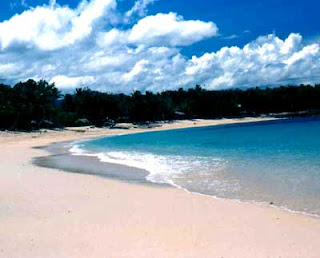
On the last day of my stay in Baguio City, I decided to visit one of
Baguio’s hidden secrets. The Bell Church. This Taoist Church is located
at the border between Baguio city and La Trinidad, Benguet. The Bell
Church is usually not included in a typical Baguio city tour offered by
tour agencies. As some would call it, this church is already off the beaten track.
At first glance, I really thought I was already in heaven. The
structure reminds of the beautiful Taoist Temple of Cebu. Red is the
most dominant color here.
There is a large arch at the entrance with two dragons facing each
other. There is also a lotus pond, and a fish pond where you can say
your wish there.
Aside from the main temple, there are also pagodas located on top of
the hill. Unfortunately this section is open only during weekends and
holidays.
 The main temple is so serene. One can have a quiet time with himself
here. On the main altar, stands several gods of the Taoist faith.
Picture taking is not allowed while inside the temple.
The main temple is so serene. One can have a quiet time with himself
here. On the main altar, stands several gods of the Taoist faith.
Picture taking is not allowed while inside the temple. 

































